
- Home
- Technical Services | Fire | Electrical | HVAC
- Fire Protection Services
- Fire Systems Maintenance
Fire Systems Maintenance Commercial & Residential Buildings
Are you Considering an Alternative Supplier for your Fire System Maintenance and Repair Services?
Why Consider us as your Vendor for these Fire Protection Maintenance Services?
- Experienced Fire Protection Systems Technicians
- Accredited Technicians
- Licensed Electricians
- HVAC and Mechanical Services Employees
- Submission of The Annual Fire Safety Statement
- Professional Relationships with Council Compliance Employees
- Understanding of the relevant standards and their cross-overs to other standards
- Diligent and thorough technicians
- Access to multiple vendors for specist trades (Doors, Pumps, Shutters, etc)
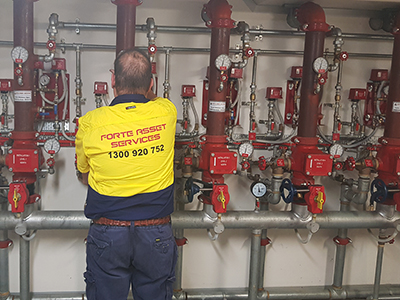
Testing and Maintenance of your Fire and Essential Systems
The requirement for your Testing and Maintenance of your Fire and Essential Systems maintenance is a legal requirement covered by various Acts, Legislation and Codes.
Routine Service, Testing and maintenance is a requirement drawn from several areas including but not limited to:
- BCA (Builders Code of Australia) – National Construction Code
- WH&S (Work Health and Safety Legislation)
- Australian Standards, including HVAC (1668), Emergency Lighting and others
All fire systems that are required for premises are outlined in the local Council Registered Fire Schedule; this can be requested from the council or be attached to the reminder letter sent to your from the council 90 days prior to the annual fore statement anniversary date.
All systems require Inspection, Service and Maintenance as outlined in the applicable Australian Standard for that system and the Australian Standard AS1851 -2012.
This Australian Standard specifically outlines the requirements for the routine servicing, inspection, testing, preventative maintenance, installation, survey, and maintenance frequencies required for fire protection systems, equipment, integrated systems, peripheral devices, and connected services.
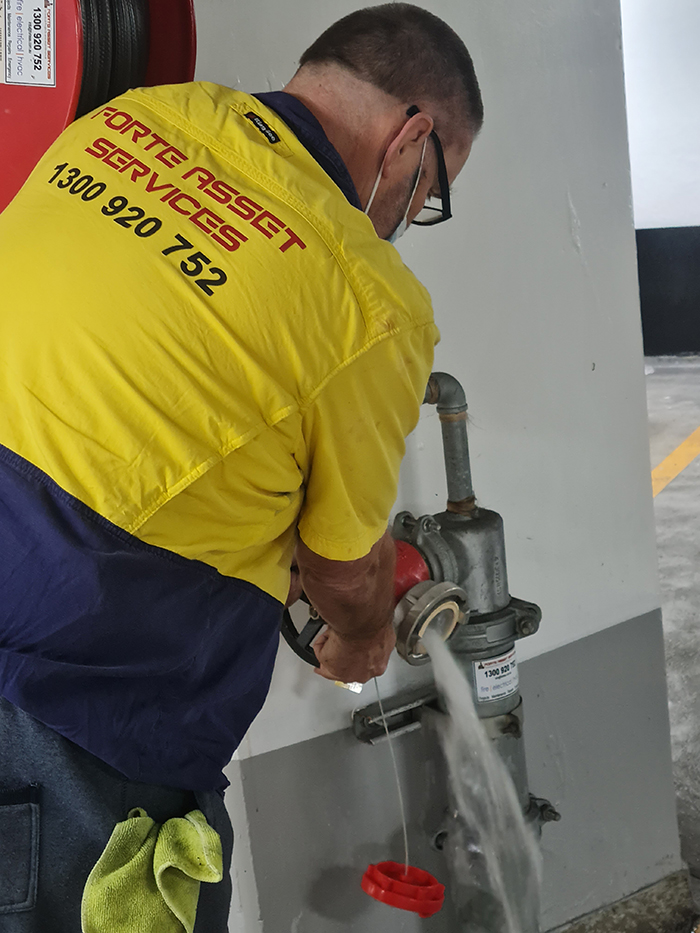
Integration With Multiple Systems
For the Fire System to work effectively, there is integration with other building services and equipment.
For example:
- HVAC – mechanical services/air conditioning
- Building Management Systems (BMS)
- Elevators and vertical Rise
- Evacuation Systems (Emergency Warning and Intercommunication System) – EWIS
- Emergency and Exit Lighting Systems
- Passive Fire Protection
- Electrical Switchboards (Motor Control and Mechanical Switchboards)
- Security Systems
- Access Control Systems
- Alarm Signalling Equipment (ASE)
- Automatic Doors
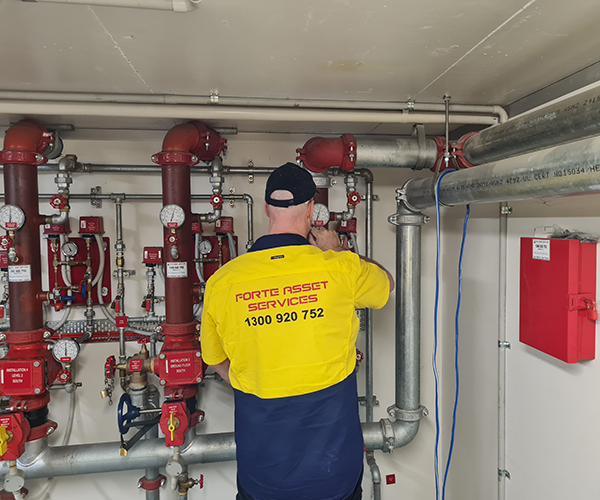
Fire protection system Integration with HVAC System (Mechanical Services)
As part of the standard, there is a relationship with the HVAC (Heating, Ventilation, Air Conditioning) system, that is, the standard AS1668.
Typically, HVAC is referred to as the “Mechanical Services” component of the Fire System.
Supply and Exhaust fans, which serve the air conditioning system for our indoor environmental control, become potential life-saving equipment in “Fire Mode” where these fans are called to run to reduce smoke and provide fresh air and oxygen into the building, reducing smoke inhalation and potentially saving lives.
With our HVAC / Mechanical services team, we can provide the relevant maintenance and repairs to this part of the system in line with the Standards.
There are many components between the Fire Control System and the Mechanical Services System which interconnect and work together here, for example:
During a given FIRE MODE, the mechanical services system:
- provides the Fire Stair pressurization equipment and control
- provides the Supply Fans for Fresh air intake into the building
- will open or shut relevant Air Dampers via actuators
- can shut down fans were called upon by the Fire indication panel control system
- forces specific Fans to run to destruction (suppressing VSD Alarms) when in Fire mode (Variable speed drives – VSD)
just to name a few
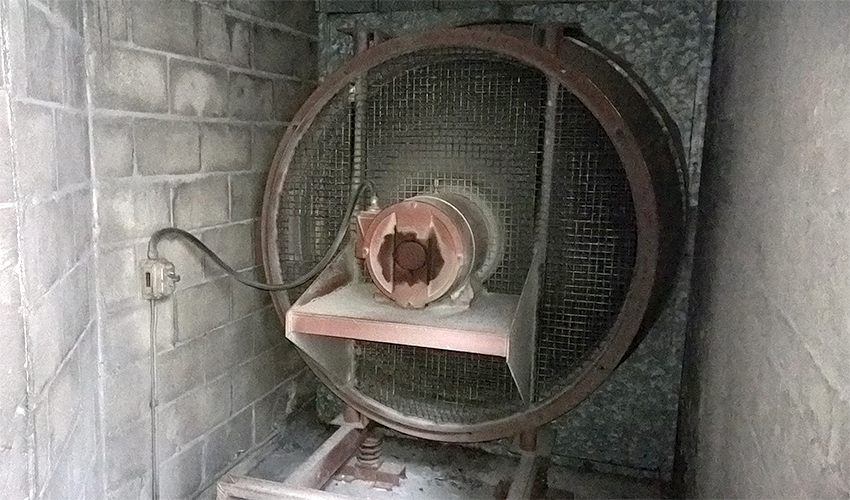
Fire System Integration with Emergency lighting System – Essential Services
Emergency Lighting, that is, lighting, which is supported by a backup battery and installed and maintained specifically as per AS2293, is a core component of the maintenance of the fire protection system.
We offer the scheduled maintenance of the lighting system in line with the recommendations and procedures of both AS1851 and AS2993 and as per relevant Codes.
We do not subcontract this component; we have electricians on the team who provide the expertise for this service.
- Emergency and exit Lighting is tested once every six months
- Emergency and exit lighting typically forms part of the annual testing process
- The standard asks for a 90-minute test on battery power as part of the process every six months
- Running Man symbols to replace the obsolete text signs
- Each eliminated exit sign has a given “range” of operation, typically 24 meters,
- There are 32 meters and 40-meter running man exit signs available
- The best practice is a separate circuit for the emergency and exit lighting
- The best practice is to have a specific, fit-for-purpose, 90-minute test timer installed for the emergency and exit lighting tests, not just a circuit breaker.
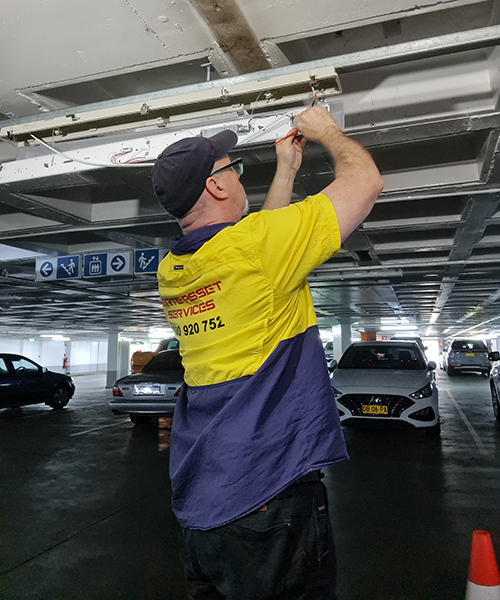
Fire Protection System Integration with ASE (Alarm Signalling Equipment)
With any of the Commercial or residential buildings, we maintain we ask the Fire Alarm Monitoring Company (ADT, RomTechGrid) to include our contact details as part of the alarm notification list.
Firstly, this ensures we receive the alarm at the same time the Fire Brigade receives the alarm.
Secondly, this ensures you know we are aware of the situation and can organize repairs promptly if required.
Most ASE equipment is proprietary which means testing and repairs of the device will be by the proprietor.
We still test the ASE device by sending a signal to the fire brigade and ensuring it performs its task. Should there be any faults with the ASE, these are typically proprietary and repaired by the vendor. We will oversee any repairs and ensure the final result is a fully functional system that notifies the fire brigade.
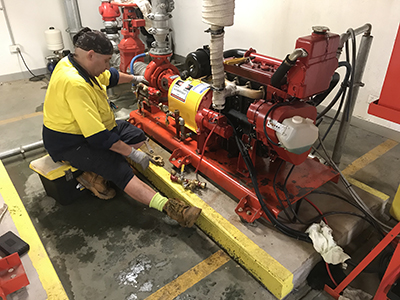
Fire Protection Systems Contact Form
Links
Contact Us
Sydney
02 9091 8009
Parramatta
02 8896 6024
Melbourne
03 9982 4414
National (24/7, 365 days)
1300 920 752
Can we Help you Today
info@forteas.com.au
1300 920 752
0439 402 599
Sydney, Parramatta, Melbourne & Canberra
Greater Sydney, Parramatta, Penrith, Blue Mountains, Central Coast, Newcastle, Wollongong, Dubbo, and others
greater Canberra
Greater Melbourne, Casey, Stonnington, Ballarat, Wodonga, and others

